Just Arrived… BP Microsystems FP-1710 Universal Programmer + Teardown (Soon)
It will take me a little while to learn this programmer. However, it will be very handy because it supports some devices that my Xeltek programmers do not. Therefore, I am eager to start using it. Additionally, I have started to gather programming adapters for the common chip packages and the unusual ones that are unique to BP Microsystems. This preparation will ensure I can handle a wide variety of programming tasks. As I become more familiar with the new programmer, I expect to see improvements in efficiency. I am confident that this small investment will pay off in the long run.
Unboxing Video
Compare to Actel Silicon Sculptor 3 same Physical Size.
![]()
Self Test and Unboxing of a Common Dip 48 Adapter the BP Microsystems FSM48D Adapter.
The new programming adapters from BPM are notably expensive, primarily catering to large production companies rather than smaller providers or repair shops. These high costs can be prohibitive for smaller entities. However, there is an active and robust secondary market where these adapters can be purchased at a significantly lower cost, typically ranging from $25 to $80, including shipping. In some cases, if the adapter is particularly rare or unique—a so-called “unicorn”—the price can escalate into the hundreds of dollars. This provides buyers with various options depending on their specific needs and budget constraints.
An interesting feature of these BPM adapters is the presence of counters that display the number of insertions and/or programming operations performed. It’s important to note that each programming session, which includes a programming operation followed by a verification step, is counted as two separate insertions. This detail is crucial for users to understand as it impacts the lifespan and usage tracking of the adapters. Here is One with 30 and one with 366,374 Insertions.
Unboxing and Testing More BP Microsystems Chip Programming Adapters FSM32P, ASM63FBGA, SM248UBGA
These three Adapters on the secondary market sold through auction listings at $28 each, including shipping. This market is both plentiful and reasonably priced. There are some risks associated with purchasing used adapters. For instance, they may have worn-out sockets or could be dead on arrival (DOA). Fortunately, these adapters are relatively simple devices. Repairing or replacing a worn socket is typically straightforward and can be done without much difficulty. Then you get lucky and find one that has just a few insertions like this one only 10 it is brand new.
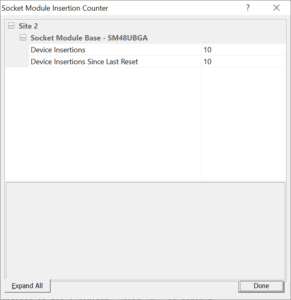
I reached out to BPM for The cost to have an algorithm file created for an older EPROM, the TMS2716, is now quoted at $2,000, plus the cost of 20 samples and shipping. This is insane! While I could understand this pricing for a new device that requires significant labor, the TMS2716 has been around for nearly 50 years and well documented. Alternatively, there are other options, such as the Elnec Dataman with an adapter or locating an old Data I/O 29B or UNisite and have support for many other older proms and logic devices for a fraction of the cost. Moreover, I am sure BPM would include the algorithm you paid for in their normal device list, adding significant value to their programmer. I am not sure if BPM offers an SDK to be able to write your own algo’s i will ask as that would be a good thing.
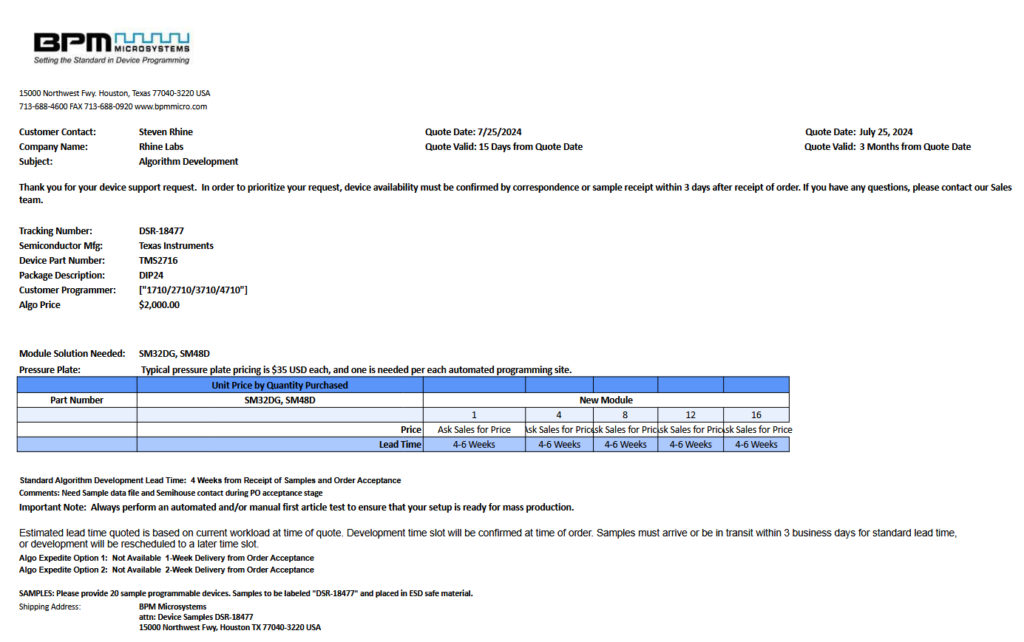
More Later.
Last Updated on August 6, 2024 by Steven Rhine
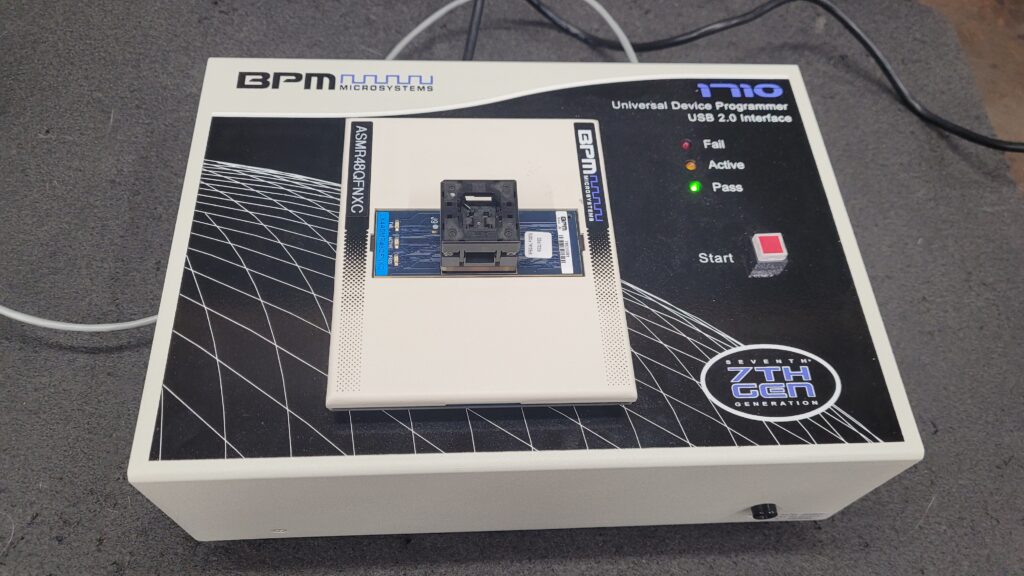
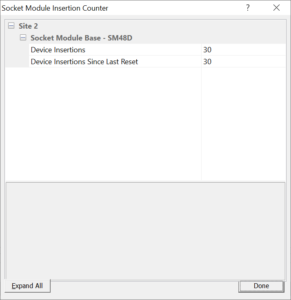
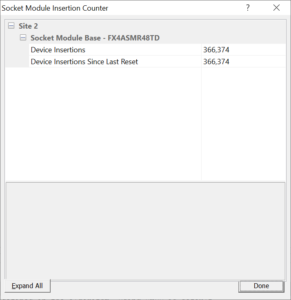
[…] Elnec BeeProg II is an option, but after adding the necessary adapter, it’s $1,500+. Then, The BPM Microsystems FP-1710 hardware is capable, but they want $2,000 for a custom algorithm, After you pay for the Algo, they […]
[…] I Used the BPM Microsystems FP-1710 Programmer to Back Up the Firmware. I ahve other Xeltek’s that could ahve dont the Job i just wanted to use the FP-1710 […]
[…] BPM Microssyetms FP1710 Looking For The Data I/O 2900 […]